
Support truly
independent journalism
Our mission is to deliver unbiased, fact-based reporting that holds power to account and exposes the truth.
Whether $5 or $50, every contribution counts.
Support us to deliver journalism without an agenda.

Louise Thomas
Editor
In Portland, a tiny island that lies just off the coast of Dorset, sits The Clifftops: a series of five idyllic lodges which are available for rental through villa holiday specialist, Oliver’s Travels.
Located within the grounds of Pennsylvania Castle Estate and set into a craggy cliff’s edge, these sea-facing properties were each designed by Morrow and Lorraine architects to harmonise with the surrounding landscape.
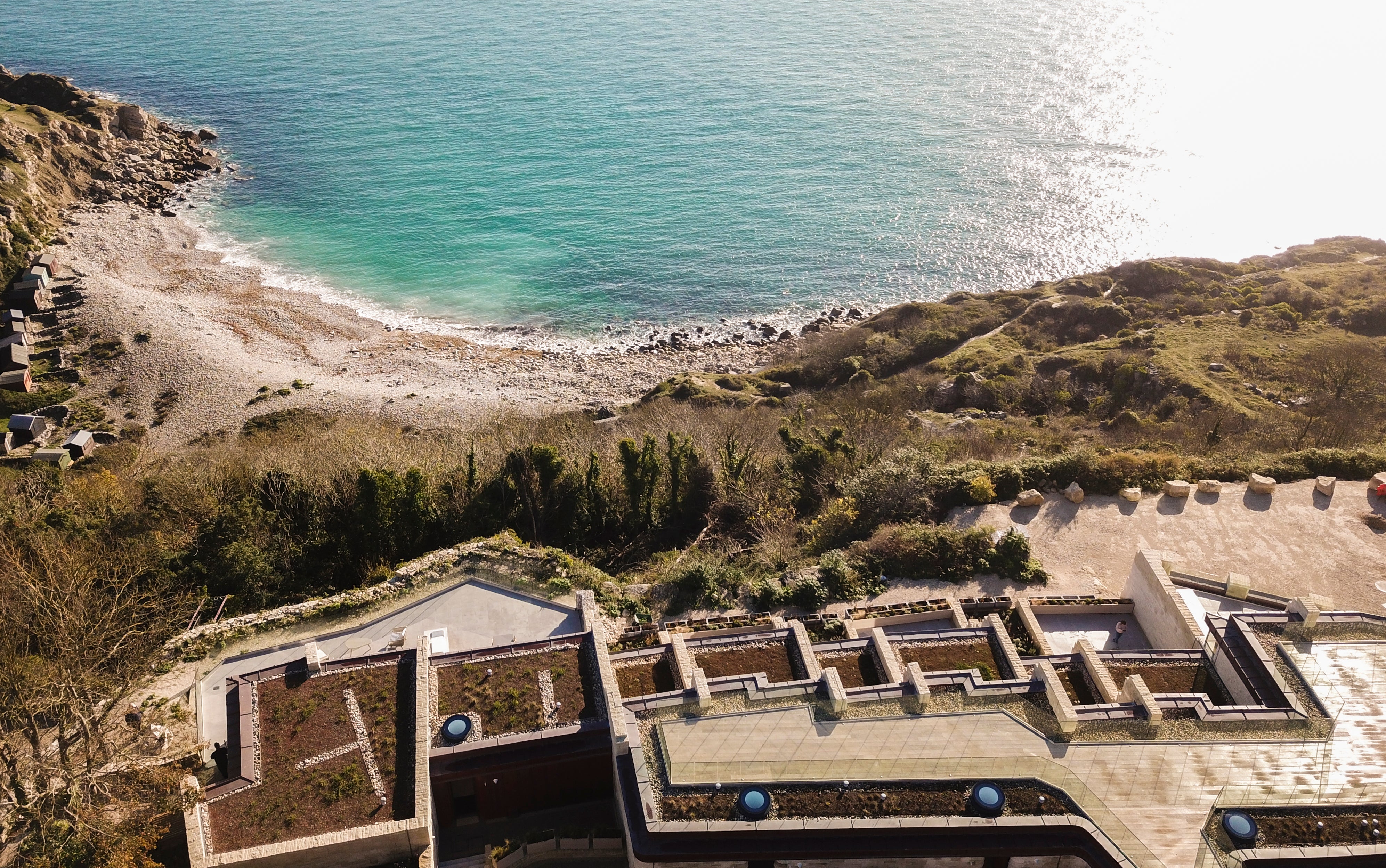
The interiors feature locally-sourced Albion stone throughout and ancient fossils – for which the Jurassic Coast is famous – can be spotted within the walls and floors. Expansive windows bridge the gap between inside and out, encouraging a leisurely contemplation of the coastal vista beyond. This is just one prime example of dwellings that blend seamlessly with their setting.
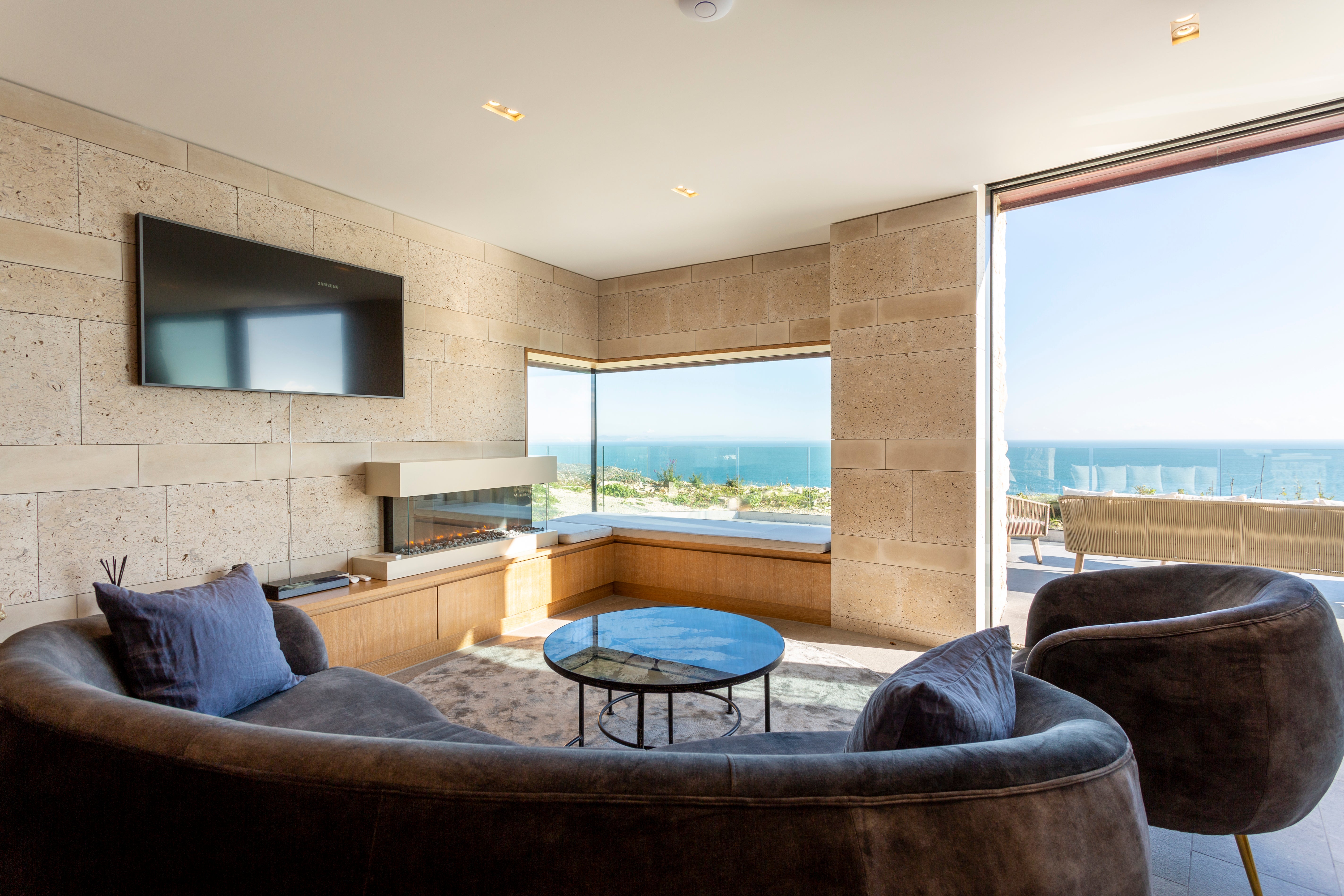
“Sympathetic renovation and thoughtful interior design – carried out in partnership with local craftspeople and using local materials – are integral to creating unforgettable spaces,” explains Kyra Millar, head of product insight at Oliver’s Travels. “This approach offers residents and visitors alike an authentic taste of a region’s natural beauty and cultural richness.”
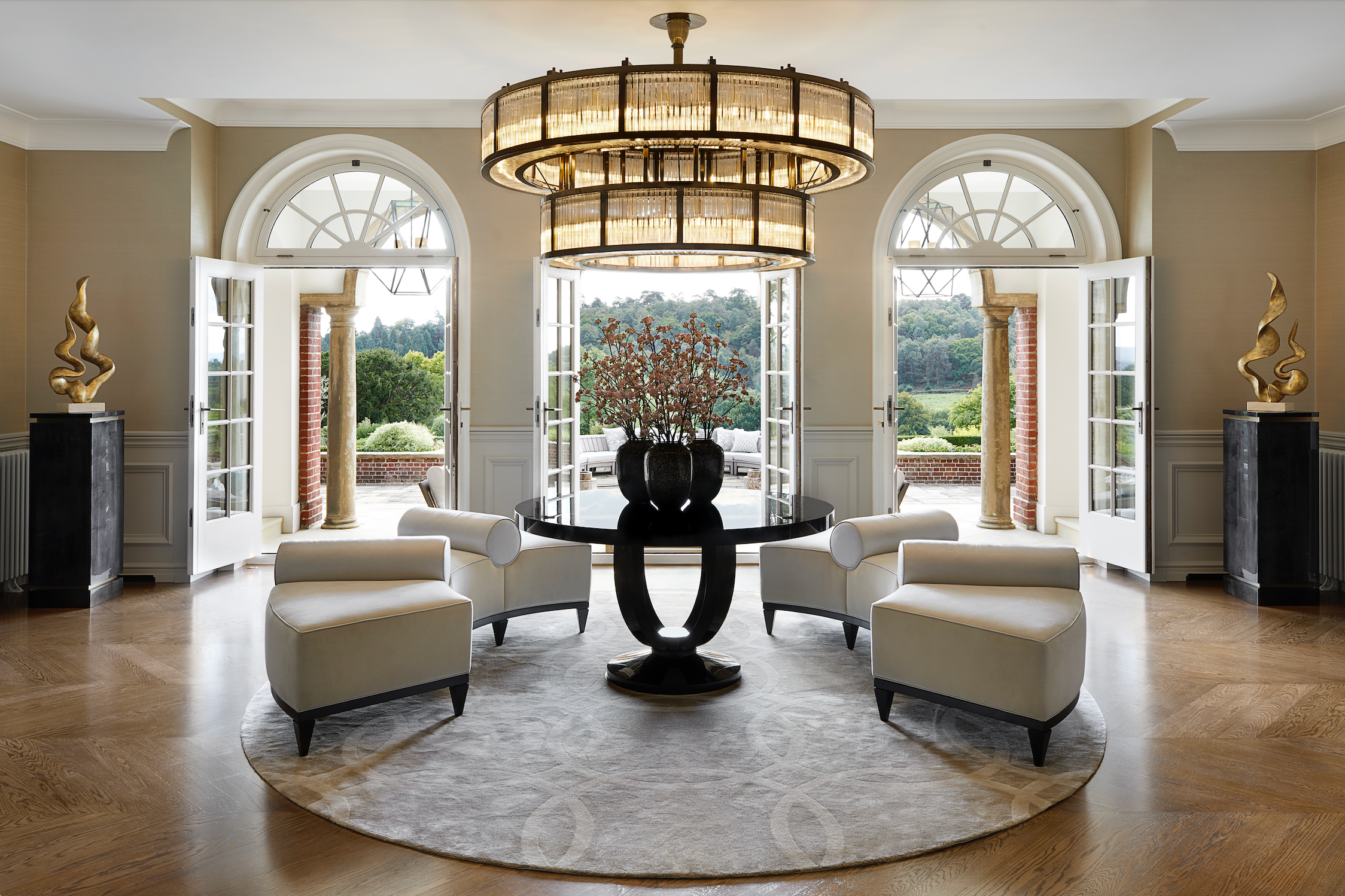
Many leading designers agree, emphasising the importance of creating homes that are at one with their environment. Here, they offer advice for dissolving the boundary between exterior and interior, fulfilling our perennial longing for contact with flora and fauna.
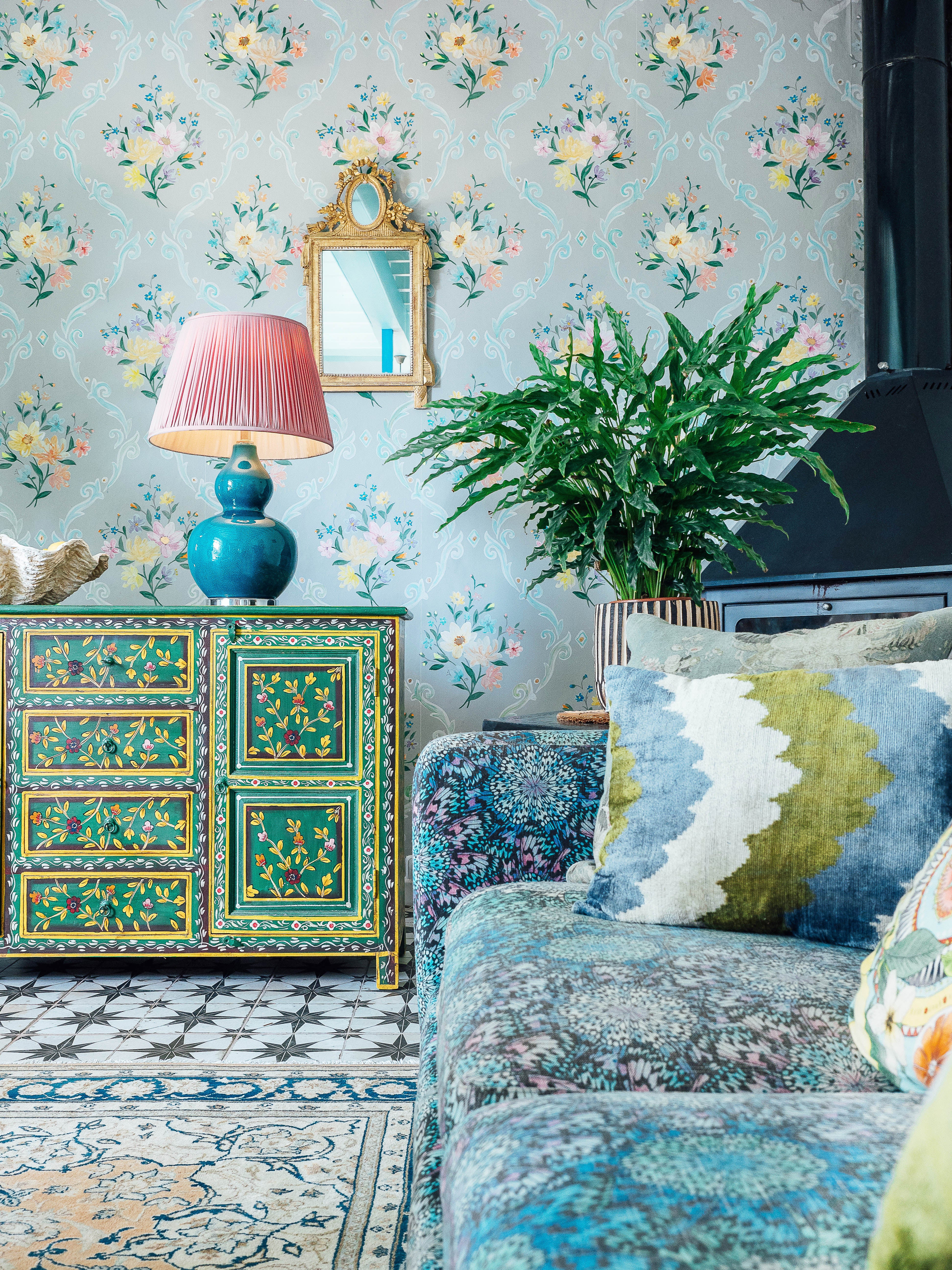
Interior designer, Matthew Williamson, begins, “When designing a home, I always start by immersing myself in the location. The key is to understand where we are in the world and allow that to shape the narrative.”
In a guest bathroom within his Mallorca home, for example, he drew inspiration from the nearby beach. “The wallpaper is adorned with painted shells, as a nod to the sea just beyond the walls. By incorporating elements that reflect the environment, the home becomes an extension of its surroundings,” says Williamson.
He tells me that colour is an essential tool for achieving this, advising: “Always consider the natural palette surrounding the location – for my own home, I’ve decorated with vibrant, coastal blues and greens. These colours are not just decorative choices, they anchor the space in its context.”
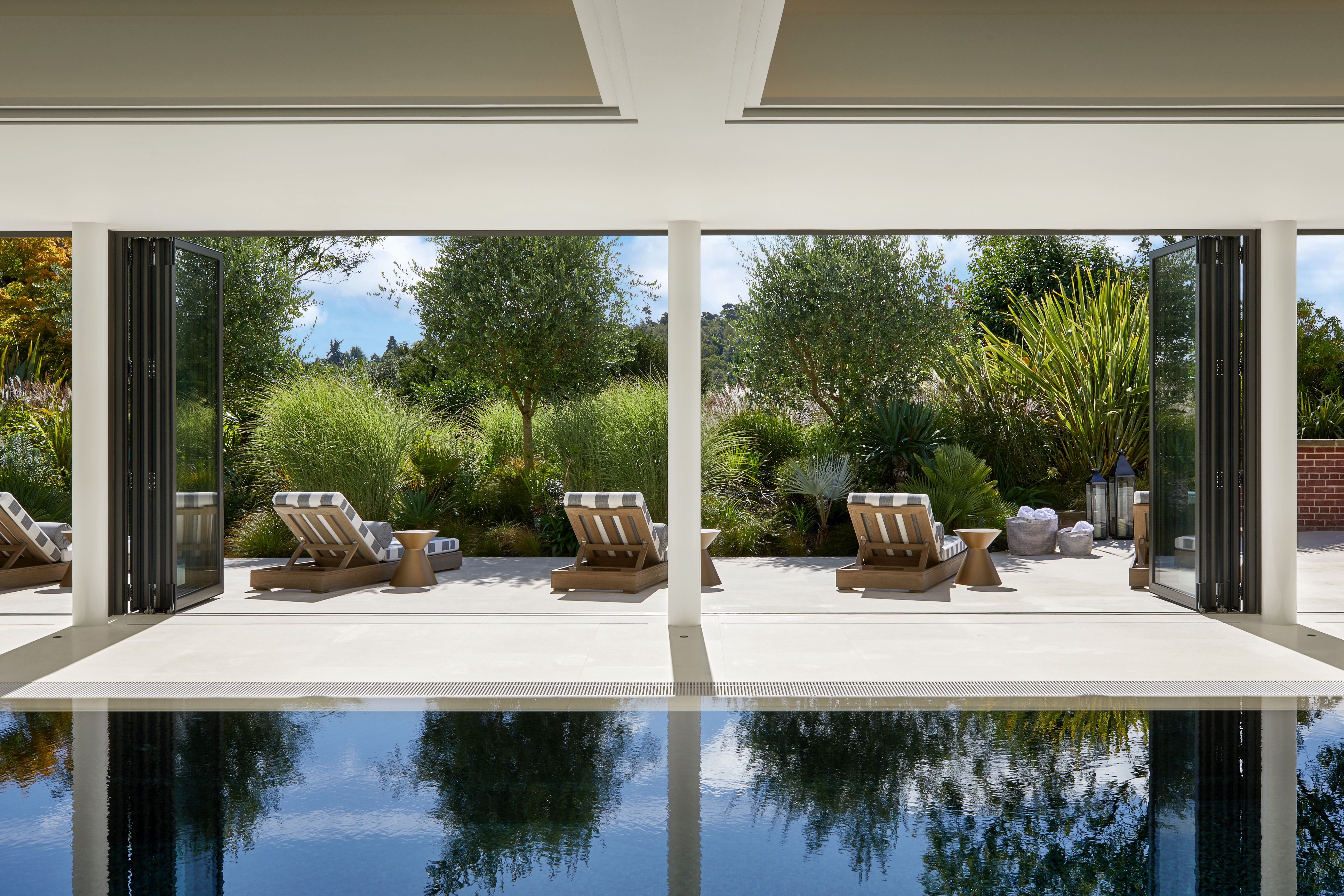
Laura Hammett, founder of the eponymous architecture and design studio, also recommends to “use botanical prints to create synergy with the outdoors, mirroring patterns from nearby nature. In one project, we commissioned bespoke wallpaper for a dining room that looked out to the beautiful garden beyond. All the florals were chosen specifically to complement the view, and some butterflies were added for movement and life.”
Hammett also recently designed a seafront penthouse in the Bahamas. Here, she steered clear of any cliche, beach-themed motifs and instead opted for colours and textures that subtly evoke seaside relaxation. “We kept the tones calm and neutral, and incorporated glass pendant lights and decor items which mimic the look of water – rather than bringing in ocean references with overt blues,” she says.
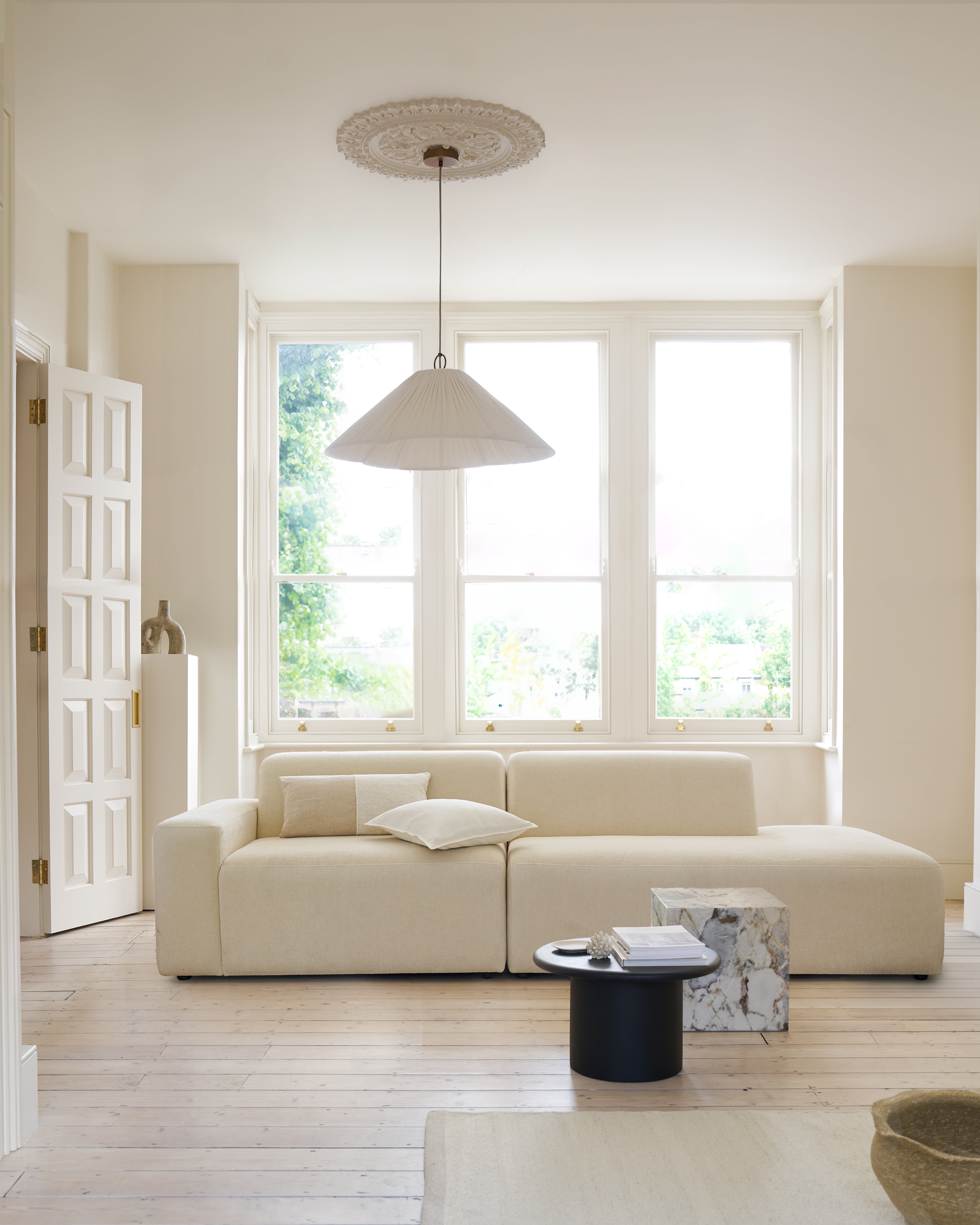
Likewise, Alexander Shepel, co-founder of design studio and bespoke furniture-making business, SHEPEL’, prefers to embrace a restrained palette. “When designing furniture for homes surrounded by lush greenery, I often use muted colours, like warm creams. The pale tones act as a soft canvas that allows the view to shine,” he says.
Shepel also recommends opting for floor-to-ceiling windows where possible. These create unobstructed views and welcome abundant natural light, fostering an open and airy feel.
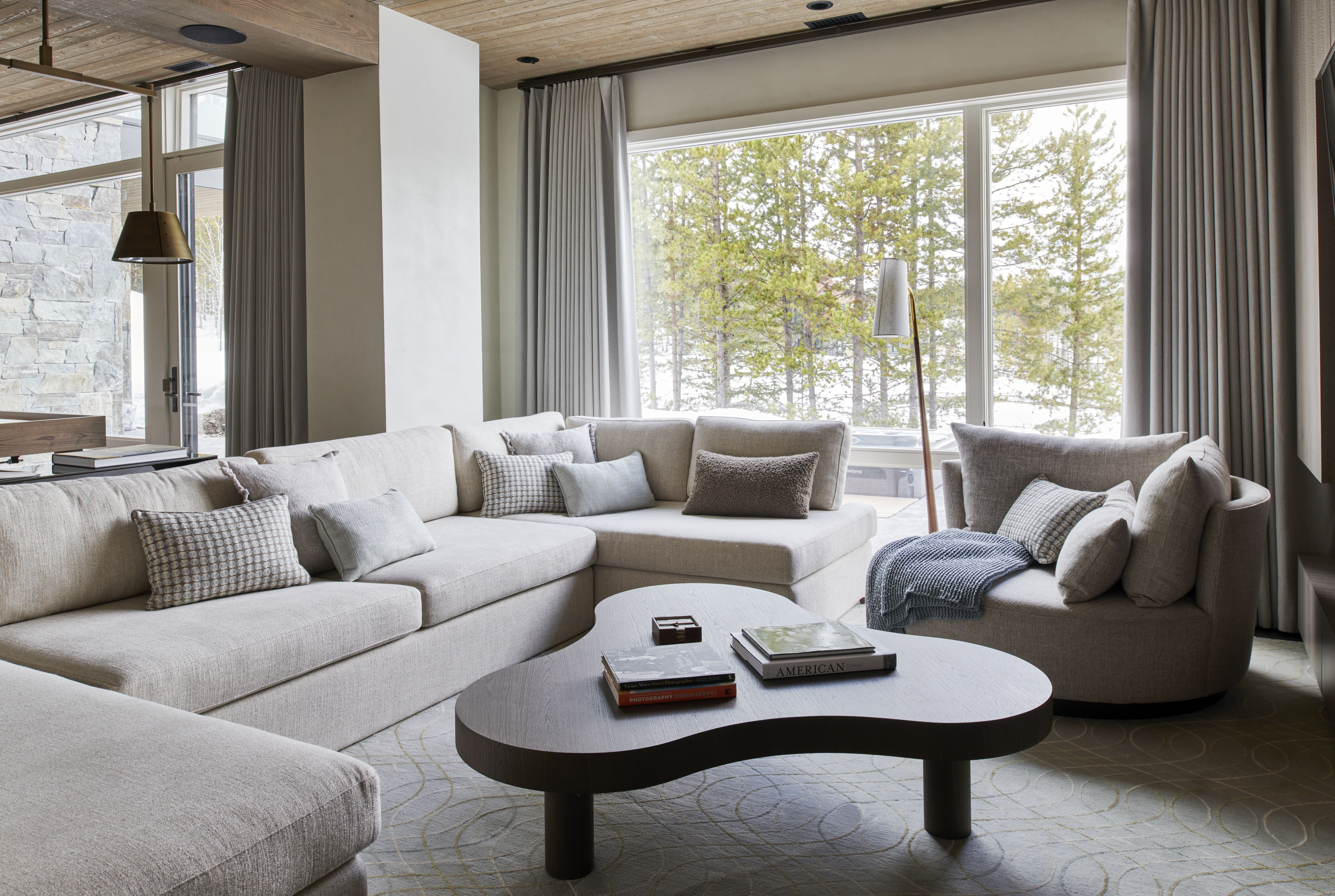
“Prioritise using natural products, like marbles and woods, that are found locally,” emphasises Philippa Thorp, founder and director of design studio, Thorp. Not only does this create an aesthetically pleasing look, it’s also a more environmentally sensitive choice. Local products require less transportation, which reduces fuel consumption and carbon emissions.
Considering your material palette from the ground up can be a great place to start. Look to Brintons, who recently launched its “Purely Natural” range. These carpets are each woven using 100 per cent undyed British wool, perfect for adding organic underfoot warmth to a scheme.
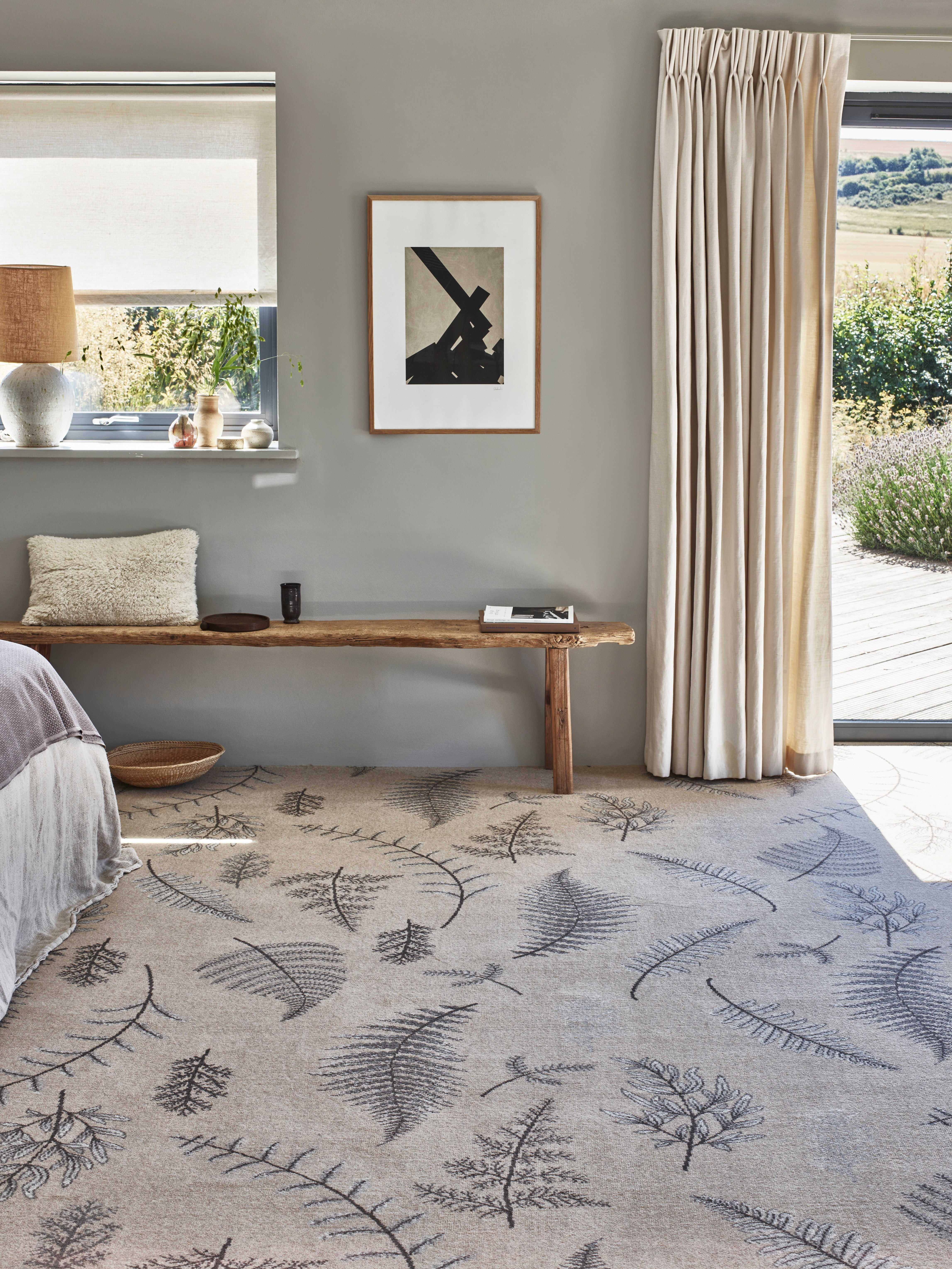
“Employing materials derived from a different region can be visually jarring,” explains Thorp. “For example, I once designed a home in Devon and the builder wanted to use Spanish slate throughout – because it was less expensive than locally-sourced slate. But the colour of the stone just didn’t work with the home’s context. It had a completely different tone and pattern than what’s found in the West Country.”
Echoing Williamson’s approach, she concludes: “Ideally, the primary tones should be the same inside and outside the home, creating a strong sense of continuity.”







